Digraph Sounds
I 1: Touch & Tell: ch, th, and sh
Introduce your child to the idea that some sounds have two letters. When those letter sounds are put together, they make a new sound — ch, th, and sh. MoreI 2: Touch & Tell: wh and ng
Introduce your child to the idea that some sounds have two letters. When those letter sounds are put together, they make a new sound — wh and ng. MoreI 3: Quick Pick
Make a game of identifying the “special sound” (digraph) in each of a variety of words. MoreI 4: Heads or Tails, Part 1
Identify whether the “special sound” (digraph) in a word comes at the beginning (head) or end (tail) of the word, with pictures as visual clues. MoreI 5: Heads or Tails, Part 2
Identify whether the “special sound” (digraph) in a word comes at the beginning (head) or end (tail) of the word, without any picture clues. MoreI 6: Sorting Sacks
See a picture card and decide which “special sound” (digraph) is in the word and whether it comes at the beginning or end of the word. Then put the picture card in the appropriate sack. More1. Overview
Digraph Sounds are single sounds that are represented in writing with two letters: ch, th, sh, wh, and ng. When teaching young children we call them “special sounds.”/ch/ /ng/ /sh/ /th/ /wh/Digraphs are not the same as consonant blends like the st in stop and the pl in play. With digraphs, the pair of letters make a new sound that is different from the sounds made by the two individual letters. These digraph sounds occur in a lot of simple one-syllable words that your child will encounter frequently in early reading. Digraph sounds can be found in words like chip, fish, think, ring, and wheel. ↑ Top
2. Digraph Sounds Activities
- I 1: Touch & Tell: ch, th, and sh – Introduce your child to the idea that some sounds have two letters. When those letter sounds are put together, they make a new sound — ch, th, and sh.
- I 2: Touch & Tell: wh and ng – Introduce your child to the idea that some sounds have two letters. When those letter sounds are put together, they make a new sound — wh and ng.
- I 3: Quick Pick – Make a game of identifying the “special sound” (digraph) in each of a variety of words.
- I 4: Heads or Tails, Part 1 – Identify whether the “special sound” (digraph) in a word comes at the beginning (head) or end (tail) of the word, with pictures as visual clues.
- I 5: Heads or Tails, Part 2 – Identify whether the “special sound” (digraph) in a word comes at the beginning (head) or end (tail) of the word, without any picture clues.
- I 6: Sorting Sacks – See a picture card and decide which “special sound” (digraph) is in the word and whether it comes at the beginning or end of the word. Then put the picture card in the appropriate sack.
Leave a Reply


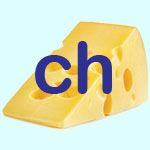
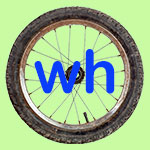
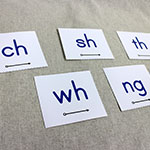
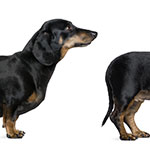
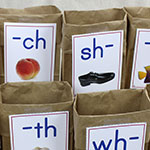
2 Responses to “Digraph Sounds”
Tabatha
I love all of your resources and literally use them just about every day within my K-1 Intervention classroom. I am working on /PH/ and I am struggling to find resources. Any hints would be great!
Sight Words Admin
Hi, Tabatha! Glad you’re finding our resources helpful. As for /ph/ resources for K-1, luckily, you can find a ton of samples on: Pinterest, Twinkl, Teachers Pay Teachers, and Education.com, to name a few. You can also refer to the following YT videos if you haven’t seen them already: https://www.youtube.com/watch?v=9zzq9wy6wXI and https://www.youtube.com/watch?v=AOIErz1EQpg. Hope these help!